In the bustling rhythm of daily life, finding lunch options that are both nourishing and easy to prepare can feel like a challenge—especially when following the GAPS diet. Designed to support gut health through carefully selected ingredients, the GAPS approach emphasizes simplicity and wholesomeness. This article dives into a collection of simple GAPS-friendly lunch recipes that blend gentle flavors with straightforward preparation, proving that eating well doesn’t have to be complicated. Whether you’re new to the diet or seeking fresh inspiration, these recipes offer a practical way to keep your midday meals healing, satisfying, and surprisingly effortless.
Table of Contents
- Easy to Prepare Ingredients for GAPS-Friendly Lunches
- Balancing Flavors and Nutrients in GAPS Recipes
- Creative Ways to Incorporate Fermented Foods
- Tips for Quick Meal Prep and Storage
- Delicious GAPS-Friendly Lunch Ideas to Try Today
- Q&A
- Insights and Conclusions

Easy to Prepare Ingredients for GAPS-Friendly Lunches
Preparing a wholesome GAPS-friendly lunch doesn’t have to be complicated. Focus on naturally nourishing ingredients that align well with GAPS principles—think fresh veggies, high-quality meats, and probiotic-rich dairy such as homemade yogurt or kefir. These basics not only fuel your body but also keep digestion happy. Stock your kitchen with staples like organic cauliflower, spinach, grass-fed chicken, and fermented pickles to create quick, nutrient-dense meals with minimal fuss.
Keeping a checklist of versatile ingredients helps streamline your meal prep. Here’s a simple table for fast reference, perfect for GAPS enthusiasts seeking balanced yet effortless lunch options:
| Ingredient | Benefits | Preparation Tips |
|---|---|---|
| Bone Broth | Gut-healing, rich in collagen | Use as soup base or cooking liquid |
| Fermented Sauerkraut | Probiotic boost | Add as a side or salad topping |
| Avocado | Healthy fats, creamy texture | Mash for spreads or slice fresh |
| Grass-Fed Beef | Protein-packed, nutrient-dense | Grill, stew, or make patties |
| Steamed Zucchini | Low-carb, easy to digest | Use in casseroles or salads |
With these ingredients at your fingertips, crafting satisfying GAPS lunches becomes a daily delight instead of a chore. Layer flavors and textures while keeping every bite gut-smart and wholesome.
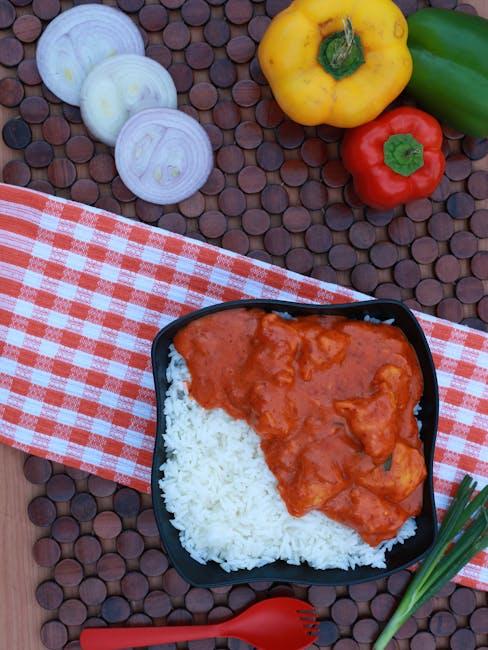
Balancing Flavors and Nutrients in GAPS Recipes
Crafting meals that both satisfy the palate and nourish the body is key when preparing GAPS-friendly dishes. Successfully achieving this balance often means incorporating a diverse array of ingredients that bring both taste and health benefits to the table. For example, using fermented vegetables like sauerkraut not only adds a tangy punch but also supports gut health with probiotics. Meanwhile, incorporating natural fats such as coconut oil or ghee elevates flavor depth and offers essential fatty acids crucial for brain function and immune support.
To ensure your lunch is a harmonious blend of flavors and nutrients, consider these simple strategies:
- Combine herbs and spices: Fresh thyme, garlic, and ginger enhance taste without compromising gut healing.
- Incorporate colorful vegetables: Carrots, spinach, and bell peppers bring vitamins and antioxidants.
- Balance protein with healthy fats: Chicken or fish paired with avocado or olive oil can improve satiety and nutrient absorption.
| Ingredient | Flavor Profile | Key Nutrients |
|---|---|---|
| Fermented cabbage | Sour, tangy | Probiotics, Vitamin C |
| Wild-caught salmon | Rich, mild | Omega-3, Protein |
| Fresh herbs | Earthy, aromatic | Antioxidants, Fiber |
| Bone broth | Umami, savory | Collagen, Minerals |

Creative Ways to Incorporate Fermented Foods
Incorporating fermented foods into your lunch doesn’t have to be boring or complicated. Think beyond sauerkraut as a mere side and explore its vibrant potential as a tangy topping for grilled meats or mixed into fresh salads for an extra probiotic boost. Kimchi, with its bold flavors, can transform simple rice bowls or omelets into exciting, gut-friendly meals. For an easy, creative twist, try blending fermented pickles into homemade dressings or dips, lending complexity and digestive benefits to your everyday dishes.
Don’t forget about creating balanced plates that keep lunchtime interesting and nourishing. Here are some innovative ideas to get you started:
- Fermented Veggie Wraps: Use fermented carrots or beets as crunchy, flavorful fillings in lettuce or collard green wraps.
- Probiotic-Powered Soups: Stir in some live kefir or raw yogurt just before serving, adding creaminess and beneficial bacteria.
- Creative Condiments: Top your protein with fermented chutneys or relishes to elevate simple flavors.

Tips for Quick Meal Prep and Storage
Efficiency is key when crafting GAPS-friendly meals without sacrificing flavor or nutrition. Start by choosing ingredients that can be batch-prepped and stored safely, such as fermented vegetables, bone broth, and cooked meats. Utilize airtight containers and glass jars to maintain freshness while preventing cross-contamination. Label your containers with dates to keep track of shelf life; this simple habit transforms chaotic kitchens into streamlined culinary hubs.
Keep in mind these helpful tips for hassle-free meal prep:
- Chop and portion vegetables right after shopping to save time during the week.
- Use silicone molds or muffin trays to freeze individual servings of soups and broths.
- Incorporate multi-purpose staples like fermented sauerkraut or homemade ghee that enhance both taste and digestion.
- Clear containers and consistent storage spots help visual meal planning and reduce spoilage.
| Storage Method | Recommended Food Types | Max Storage Time |
|---|---|---|
| Refrigeration | Fresh vegetables, cooked meats | 3-5 days |
| Freezing | Soups, broths, cooked roots | 2-3 months |
| Fermentation | Vegetables, dairy-free yogurt | 4-6 weeks |

Delicious GAPS-Friendly Lunch Ideas to Try Today
Exploring lunch options that align with the GAPS diet doesn’t mean compromising on flavor or satisfaction. Think vibrant, nourishing bowls filled with freshly sautéed vegetables, tender grass-fed meats, and a drizzle of homemade bone broth for that extra gut-healing boost. Experimenting with crispy zucchini fritters paired with a side of fermented sauerkraut or a colorful chicken salad tossed with avocado and fresh herbs can keep your midday meals exciting and nutrient-dense.
Here are some easy-to-prepare lunch ideas that will delight your taste buds and support your digestive health:
- Stuffed Bell Peppers: Filled with ground beef, spinach, and mushrooms slow-cooked in a rich tomato sauce.
- Egg Salad Lettuce Wraps: Creamy egg salad spiced with dill and mustard wrapped in crisp romaine leaves.
- Hearty Bone Broth Soup: Loaded with shredded chicken, root vegetables, and herbs for warmth and comfort.
- Fermented Veggie Platter: A crunchy assortment of homemade pickles, kimchi, and olives for a probiotic punch.
| Dish | Preparation Time | Key Ingredients |
|---|---|---|
| Stuffed Bell Peppers | 40 minutes | Ground beef, spinach, mushrooms |
| Egg Salad Lettuce Wraps | 15 minutes | Eggs, mustard, dill, romaine |
| Bone Broth Soup | 60 minutes | Bone broth, chicken, root veggies |
| Fermented Veggie Platter | Varies | Pickles, kimchi, olives |
Q&A
Q&A: Simple GAPS-Friendly Lunch Recipes
Q1: What exactly is the GAPS diet, and why might someone want GAPS-friendly lunch recipes?
A1: The GAPS (Gut and Psychology Syndrome) diet focuses on healing the gut lining and restoring digestive health by eliminating certain foods and emphasizing nutrient-dense, easily digestible meals. GAPS-friendly lunch recipes help maintain this healing process during midday meals, ensuring lunches are both satisfying and supportive of gut health.
Q2: What are some key ingredients to include in simple GAPS-friendly lunches?
A2: Staples include homemade bone broth, fermented vegetables like sauerkraut, pasture-raised meats, wild-caught fish, fresh organic vegetables, eggs, and healthy fats such as avocado and coconut oil. These ingredients promote digestion and nourish the gut lining.
Q3: Can you suggest a quick and easy GAPS-friendly lunch idea?
A3: Absolutely! One of the simplest is a bowl of warm chicken soup made with homemade bone broth, shredded chicken, and soft-cooked veggies like zucchini and carrots. It’s soothing, nutrient-dense, and quick to prepare if you have broth already made.
Q4: Are there any good GAPS-friendly vegetarian lunch options?
A4: While GAPS emphasizes animal proteins, some plant-based options that fit the diet include eggs with steamed greens and avocado, or zucchini noodles tossed in a garlic-infused olive oil dressing, paired with fermented vegetables for probiotics.
Q5: How can I make GAPS lunches more convenient for busy days?
A5: Meal prepping is your best friend—batch cook bone broth and proteins ahead of time, wash and chop veggies in advance, and portion out fermented sides. Mason jar salads layered with crunchy veggies, avocado, and a protein topper can also be grab-and-go and GAPS-friendly.
Q6: Are dressings and sauces allowed on the GAPS diet?
A6: Yes, but they should be homemade to avoid preservatives and sugars. Simple dressings made with olive oil, apple cider vinegar, lemon juice, and fresh herbs work wonderfully. Fermented dressings like homemade sauerkraut juice can also add flavor and gut-friendly benefits.
Q7: How do I balance taste and strict adherence to GAPS guidelines in lunch recipes?
A7: Focus on fresh, whole ingredients and let their natural flavors shine. Experiment with herbs and spices like ginger, turmeric, and garlic to elevate your meals without compromising GAPS principles. Texture variety—like adding crunchy fermented veggies—also keeps meals interesting.
Q8: What’s a common mistake people make when preparing GAPS lunches?
A8: A frequent pitfall is skipping the bone broth base, which is key for gut healing. Also, relying too much on raw vegetables can be harsh on sensitive guts—cooked or fermented options are usually better tolerated for lunch recipes.
Q9: Can snacks be part of a GAPS-friendly lunch?
A9: Absolutely. Complement your lunch with GAPS-friendly snacks like boiled eggs, small portions of fermented veggies, or a few slices of avocado. These support satiety and keep blood sugar stable throughout the afternoon.
Q10: Where can I find more inspiration for GAPS-friendly meals beyond lunch?
A10: Look for GAPS-specific cookbooks, online forums, and blogs dedicated to gut healing recipes. Many practitioners also share meal plans and creative ideas that align with GAPS principles across all meals of the day.
Insights and Conclusions
With these simple GAPS-friendly lunch recipes in your culinary toolkit, nourishing your body and honoring your gut health can be both effortless and enjoyable. Embracing wholesome, flavorful ingredients doesn’t have to mean complicated meal prep—sometimes, the simplest dishes bring the greatest comfort. Whether you’re new to the GAPS approach or a seasoned pro, these recipes invite you to savor every bite while supporting your journey toward wellness. So, take a deep breath, gather your ingredients, and let each lunch be a delicious step toward vibrant health.









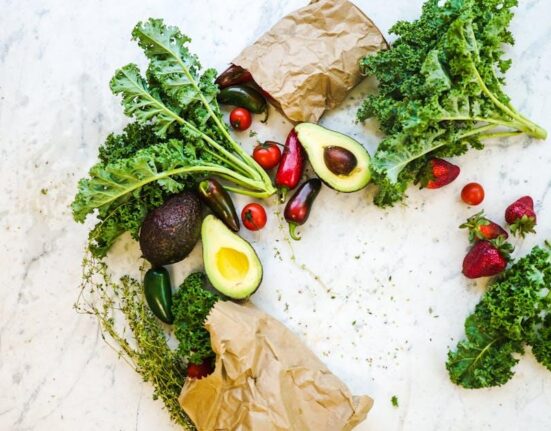
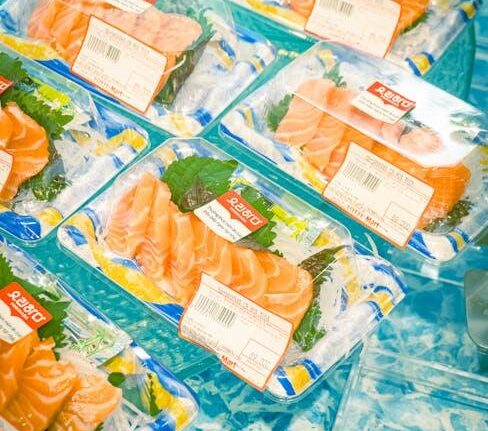
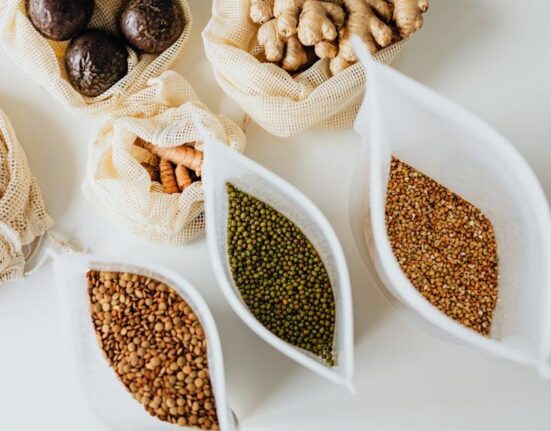

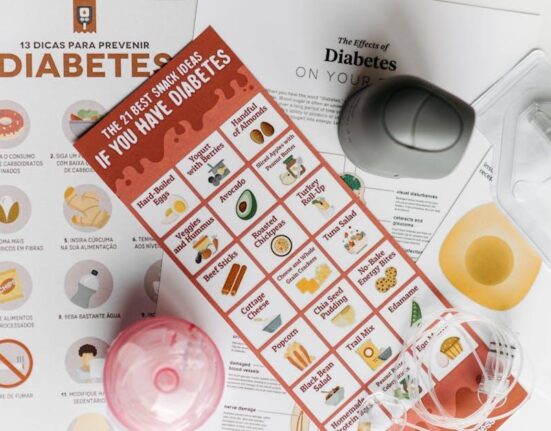
Leave feedback about this